
Arctic Maps, Landmarks & Regions Swoop Arctic
Continents Arctic Arctic Arctic Map The Arctic is a region of the planet, north of the Arctic Circle, and includes the Arctic Ocean, Greenland, Baffin Island, other smaller northern islands, and the far northern parts of Europe, Russia (Siberia), Alaska and Canada.
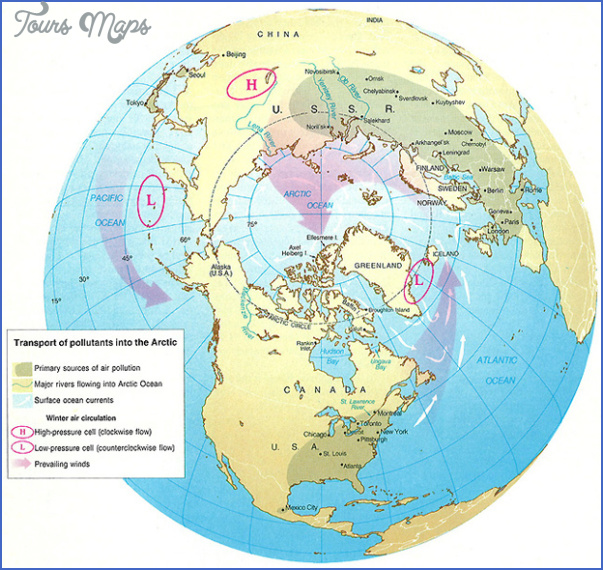
Map Of Arctic Circle
This map illustrates the Arctic Ocean, the names of the "seas" that on the northern borders of the contients, and is a political map of bordering countries. It also shows the Arctic Circle and areas that are sometimes covered with sea ice. ADVERTISEMENT
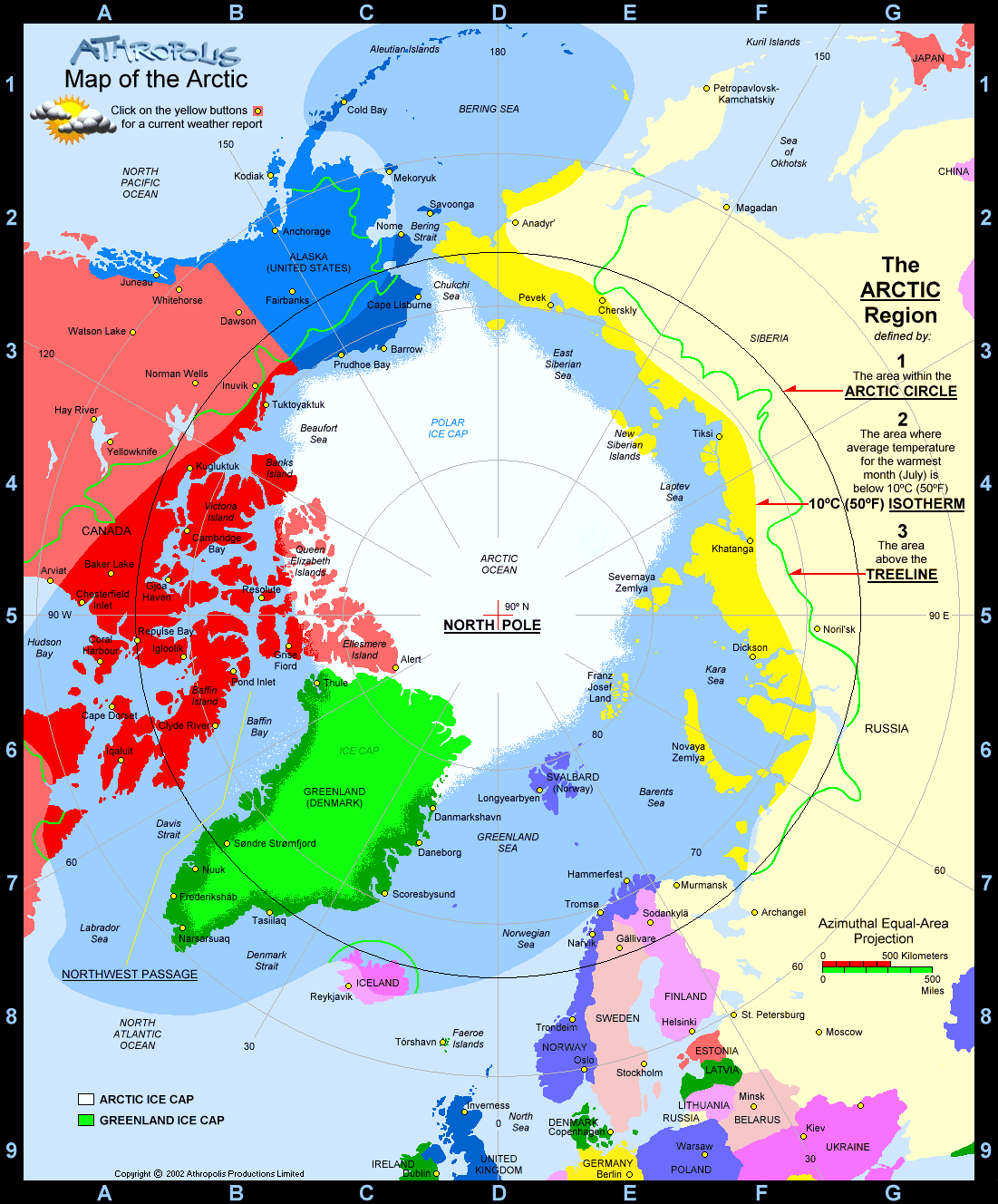
arctic Resilience Science
The Arctic Circle is one of the two polar circles, and the most northerly of the five major circles of latitude as shown on maps of Earth at about 66° 34' N. [1] Its southern equivalent is the Antarctic Circle .

Where Does the Arctic Begin? End? — Beyond Penguins and Polar Bears
The Arctic Circle is a line of latitude that circles the Earth at approximately 66° 33' 47.2" north of the Equator. How was that strange number determined? The position of the Arctic Circle is at the latitude above which the sun does not set on the summer solstice and does not rise on the winter solstice.

ARCTIC CIRCLE Mapping, Issues, Analysis, Arctic Council, Climate Change World Geography
Article Vocabulary The Arctic is the northernmost region of Earth. Most scientists define the Arctic as the area within the Arctic Circle, a line of latitude about 66.5° north of the Equator. Within this circle are the Arctic ocean basin and the northern parts of Scandinavia, Russia, Canada, Greenland, and the U.S. state of Alaska.
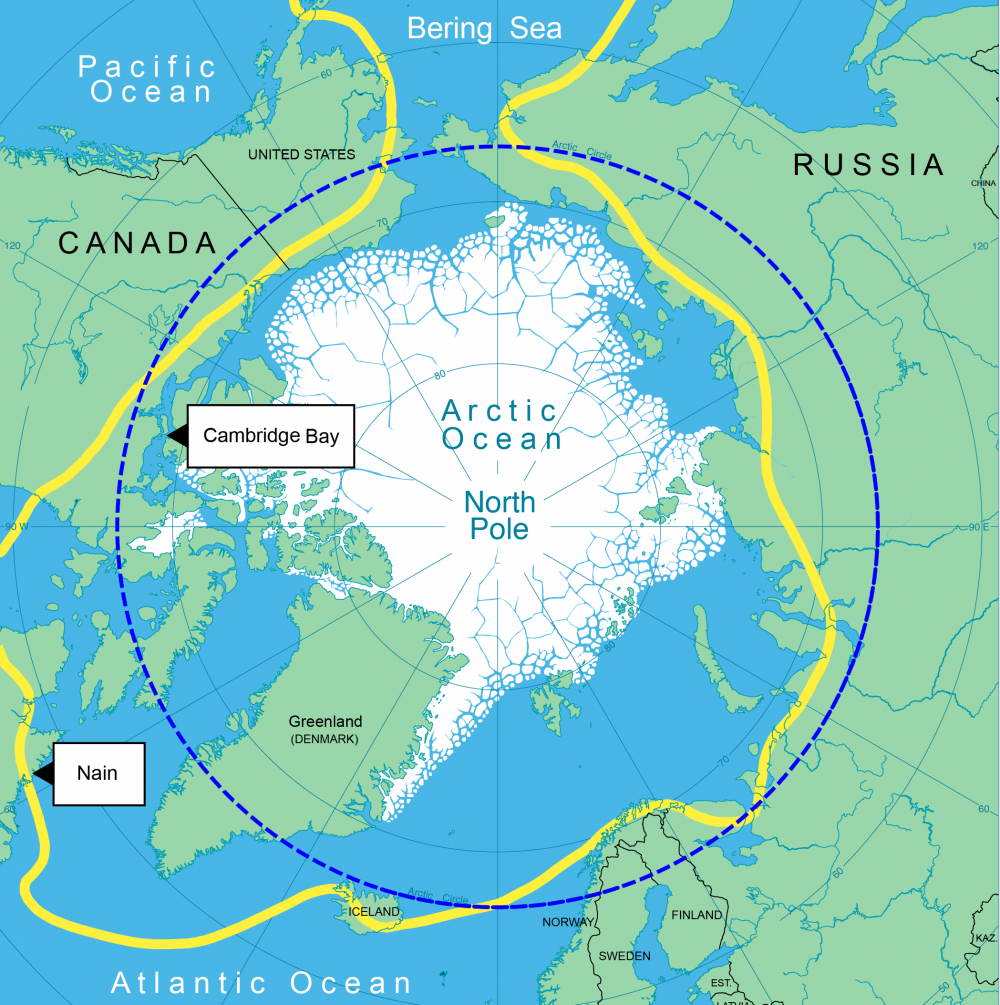
Arctic • World Stories Young Voices
Geography and Climate The Arctic Circle is about 9,900 miles long and encompasses an area of about 7.7 million sq mi, representing approximately 4% of Earth's surface. The latitudinal line passes through the Arctic Ocean, Greenland, North Asia, and the Scandinavian Peninsula.

Arctic Circle Latitude, History, & Map Britannica
The Arctic Circle is the imaginary line located at 66°, 30'N latitude and marks the southernmost boundary of the Arctic region. What countries are in the Arctic region Norway, Sweden , Greenland, Finland , Iceland, Russia, the USA (Alaska) and Canada are the eight countries that lie either wholly or partly within the Arctic Circle.
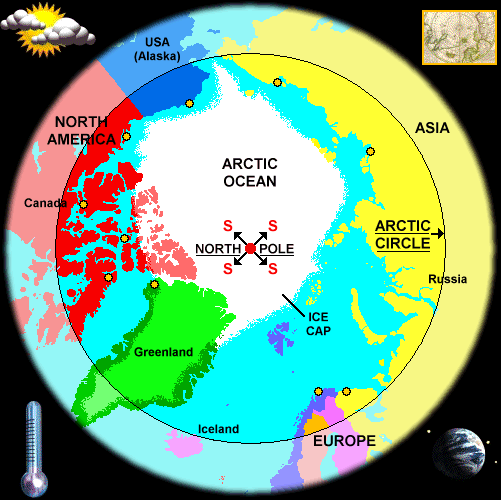
Arctic Circle Map
Looking at a map of the Arctic Circle gives a completely new perspective on the relative positions of the continents especially when compared with the cylindrical "Mercator Projection" maps. The Arctic is a huge area and of course a substantial part of it is the Arctic Ocean which, with an area of 5.4 million square miles, is larger than the whole of Europe.
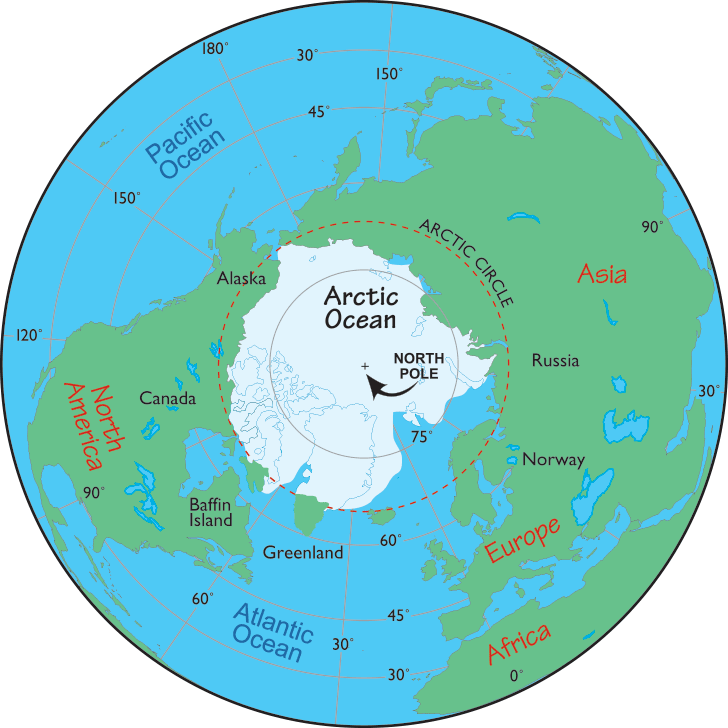
Arctic Map / Map of the Arctic Facts About the Arctic and the Arctic Circle
Much more than just a line on a map, the Arctic Circle is a gateway to one of the planet's most extraordinary regions. Here's our explanation of the Arctic Circle in Norway, and beyond. In geographic terms, the Arctic Circle is easy to explain. It is a line of latitude that encircles the globe at approximately 66° 33' North.
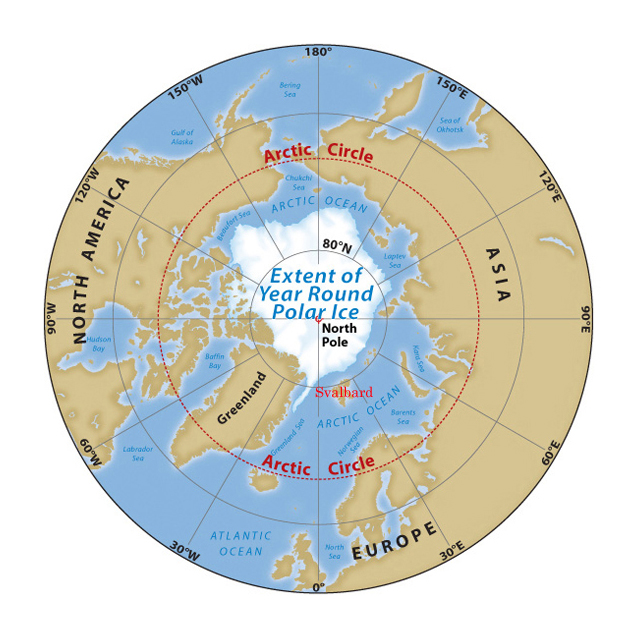
Michael Daniel Ho The Wildlife Hotographer Wildlife Photography High Arctic Photo Tour
The Arctic Circle is the parallel of latitude that runs 66° 33' 39," or roughly 66.5°, north of the Equator. Approximately 15,000 kilometers (9,300 miles) to the south is the Antarctic Circle, of equal diameter to and parallel to the Arctic Circle as well as equally distant from the Equator.

Arctic Circle Definitive guide for senior travellers Odyssey Traveller
Explore Arctic in Google Earth.

Map of Countries that lie within the Arctic Circle Arctic circle, Circle map, Arctic
A world map. The Arctic Circle is shown as the red line. The Arctic Circle is one of the five major circles of latitude (imaginary lines around the Earth) that are often marked on maps of the Earth. This is the parallel of latitude that (in 2000) runs 66° 33' 39" north of the Equator.

Polar World Map
9. The Arctic Circle Is Shrinking. Nothing lasts forever. Slowly but surely, Earth's axial tilt is changing — and with it, the Arctic Circle. Every 40,000 years or so, this crucial tilt shifts from an angle of 22.1 degrees to a sharper 24.5-degree incline. Right now, we're in the middle of one such cycle.

301 Best images about Arctic Ocean, Islands, Coasts on Pinterest Islands, Ocean and Iceland
The Arctic region, also known as the Arctic Circle, is a vast and unique area that is located in the northernmost part of the Earth. It is a polar zone that covers a wide range of landmasses, including parts of Canada, Russia, Greenland, Norway, and the United States. The Arctic Ocean, which is the smallest and shallowest of the world's oceans.
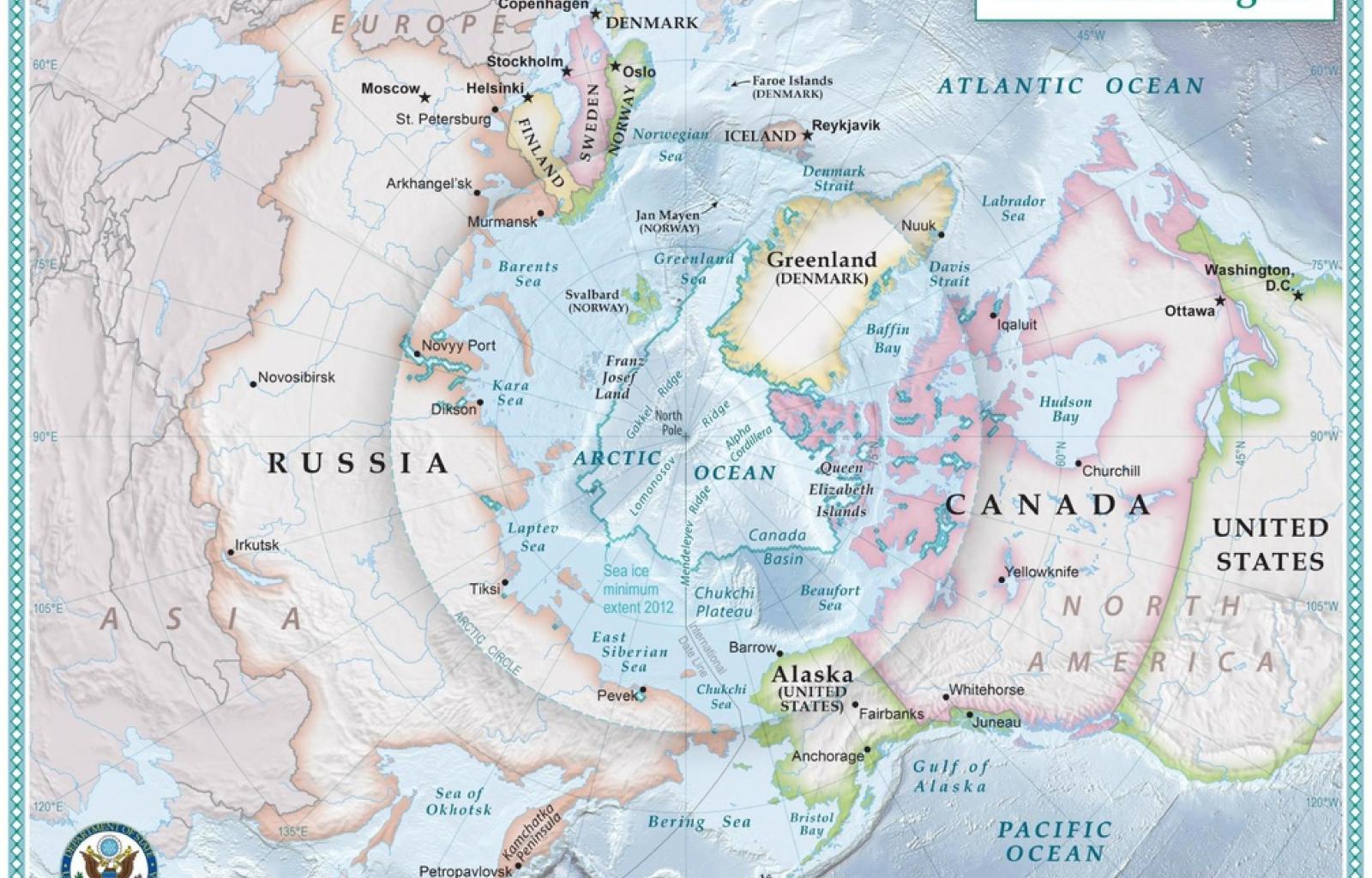
27 Arctic Circle On Map Online Map Around The World
Arctic Circle, parallel, or line of latitude around Earth, at approximately 66°30′ N. Because of Earth's inclination of about 23 1/2 ° to the vertical, it marks the southern limit of the area within which, for one day or more each year, the sun does not set (about June 21) or rise (about December 21).

FileWorld map with arctic circle.jpg
The Arctic Circle covers an area about 5.5 million square miles. Despite containing copious amounts of water, the Arctic is considered to be the world's second-largest polar desert. This is.